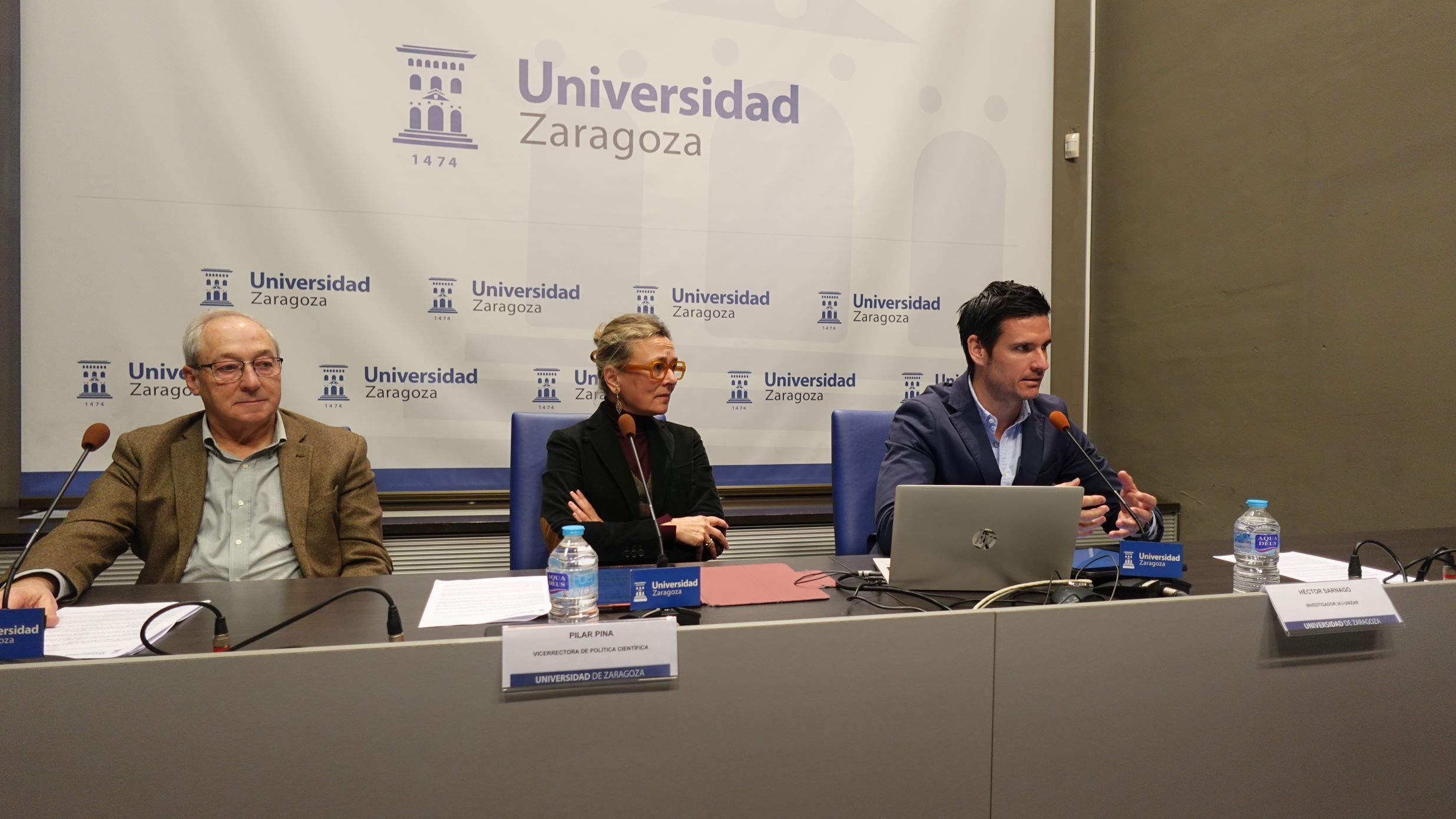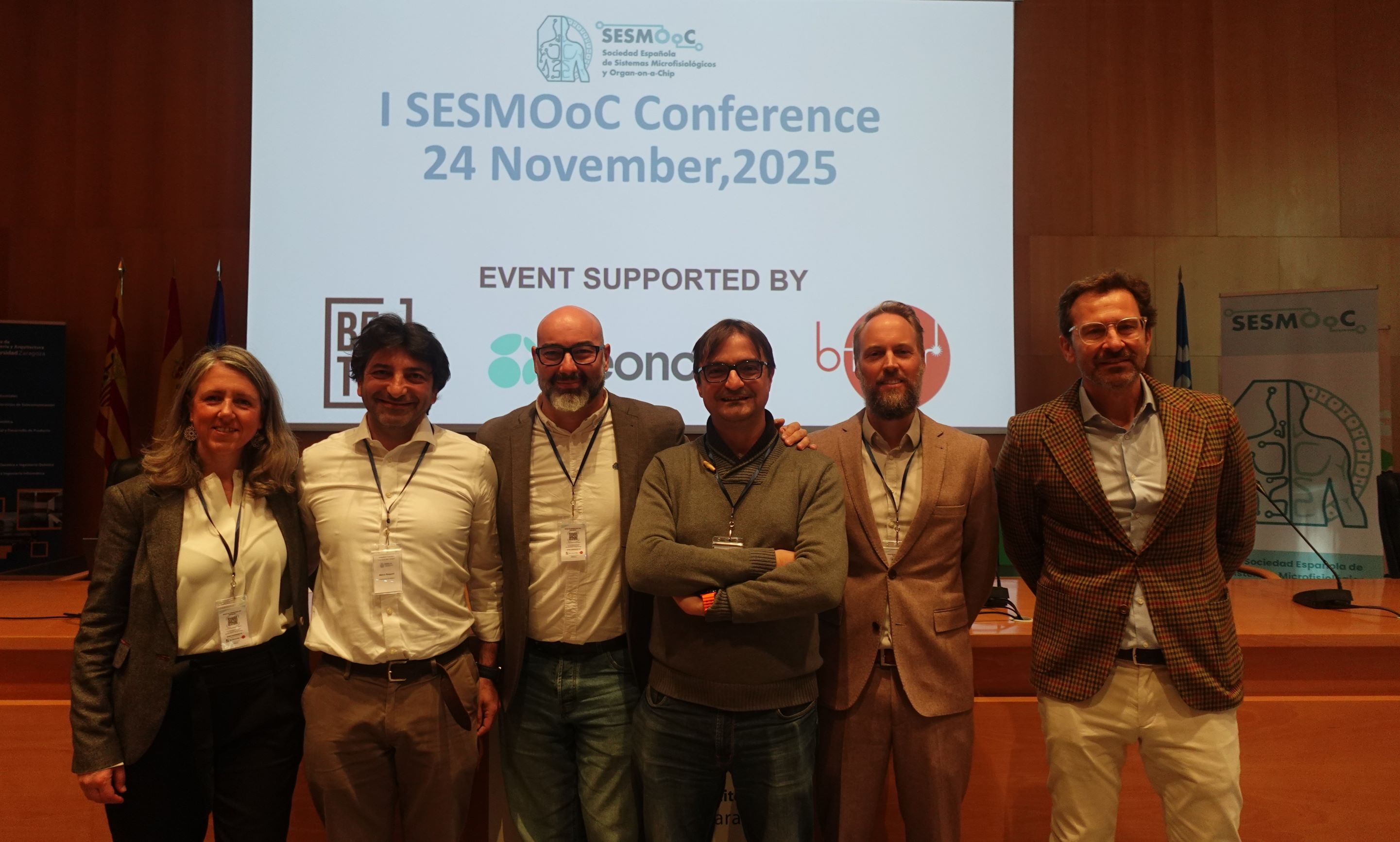
Researchers from the Aragón Engineering Research Institute (I3A-University of Zaragoza) are developing a recommendation system based on artificial intelligence and neural networks to assist establishing the price of porcine meat in the Binéfar Agricultural Market when there is no agreement between producers.
Binéfar Market is a benchmark for bovine in Spain, whose price proposal is the most widely used nationwide when establishing contracts. In a further step, this Market has begun to work to become an aid between sessions in the establishment of market guide prices for the Lleida Market (a national benchmark in the porcine market).
Binéfar is a city in Huesca (Aragón, Spain) where livestock is one of its largest industrial assets. Within a radius of 30 kilometres around Binefar, there are more than 100,000 calves and numerous farms for breeding and fattening of pigs. Also, Binefar host two of the highest work volume slaughterhouses of the Spanish peninsula. Besides, in the surroundings of Binéfar, there are innumerable animal feed factories, commercial livestock and animal health service societies.
The Binéfar Market wants to go further by applying innovation and engineering to a traditional pricing system. For example, in other markets, if there is no agreement between the agents when setting the reference price, the responsibility of the decision relays on the major who establish the final price. The project developed by researchers from the Advanced Information Systems (IAAA), group of the I3A, will allow artificial intelligence techniques and neural networks to recommend a final price, providing transparency to the establishment of prices.
This group from the University of Zaragoza has been working on this project for a year. The system that they are creating starts by identifying and characterizing the variables that may be relevant for an automatic price proposal.
Furthermore, the IAAA research group is carrying out the design and implementation of an artificial intelligence algorithm that proposes a reference price based on the previously identified variables. Lastly, a prototype of a cloud management system will be developed that will allow to capture and record the reference variable values, as well as integrating with the beforementioned prediction algorithm.
As explained by F. Javier Zarazaga-Soria, director of the project, “The biggest challenge we encountered was being able to consider variables that go beyond the usual production cycles. Anomalous scenarios, such as the recent entry of swine fever in Germany, are practically impossible to model and they are reflected in the reaction of the agents involved as they often do not only respond to understandable logic but also personal experiences (fears, intuitions, etc.). That is why, in opposition to the existing approaches, we are introducing their continuous evaluation of the market. To do this, we have to provide the Binéfar Market with a data collection tool that incorporates the evolution of other markets, as well as recollecting the operating forecasting of producers and consumers, and their evaluation of the reference system”.
How prices are set at the Market
The markets are regulated by classic models of price trend proposals, which are based on price boards composed of producers and market operators representatives. In the case of porcine livestock, it is done in a face-to-face meeting, where a pool of data such as weight, volume of herd and sacrifices is exposed.
After that, an attempt is made to set some proposals for the evolution of the price. Depending on the data, the price can take an uprising or declining direction. The board also tries to approximate what the price difference will be.
The problem is that these approaches usually have low levels of transparency and auditing of the data presented by the agents involved.
The Advanced Information Systems Laboratory (IAAA)
Affiliated to the Aragón Institute of Engineering Research at the University of Zaragoza. The IAAA works on technologies for open, interoperable distributed systems in the area of spatial data and services, including geographic information systems, remote sensing, location-based services and Spatial Data Infrastructures (SDIs). For the past five years, the research group has found a very promising application opportunity in agriculture and livestock.
Based on research and technological development work promoted by the Interministerial Commission for Science and Technology, the IAAA carries out technological developments and advances in knowledge that are transmitted and integrated into companies and public administrations, giving expert advice to national institutions and the European Commission, as well as national and international organizations.
The project "Integration of Artificial Intelligence Techniques for the Establishment of the Reference Price of Pork Meat" has the financial support of the Government of Aragon and the European Union through the European Agricultural Fund for Rural Development EAFRD.
Further information: Proyecto Lonja Porcino




